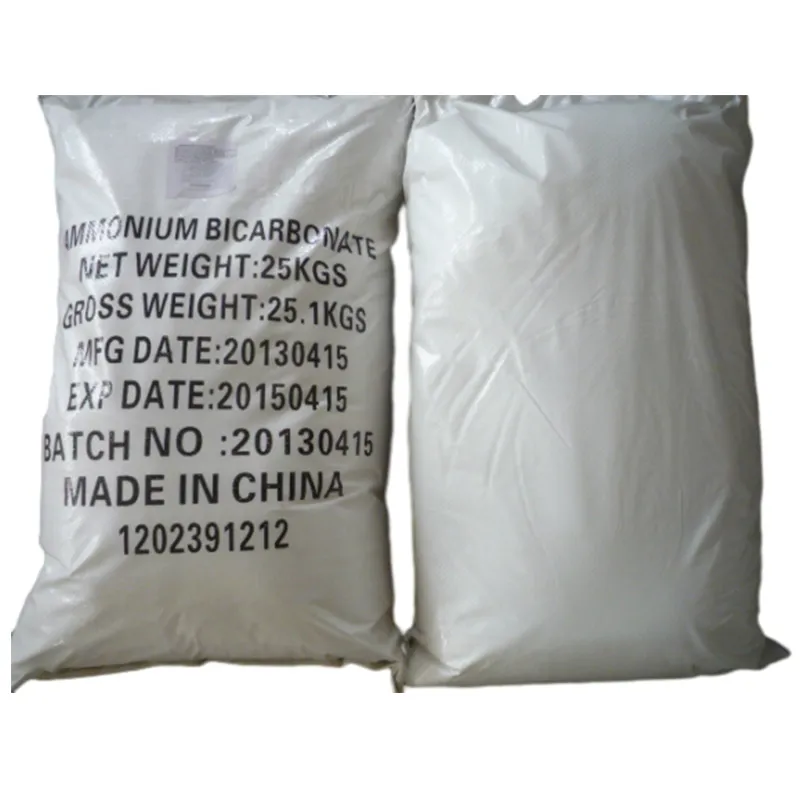
Exploring E296 Food Additive and Its Role in Food Industry
The E296 Food Additive Understanding Malic Acid
In the world of food additives, E296, commonly known as malic acid, stands out as a versatile ingredient that plays a significant role in enhancing the flavor and quality of various food products. Understanding malic acid, its sources, benefits, and potential concerns can provide consumers with a clearer view of what they are putting into their bodies and why it's there.
What is Malic Acid?
Malic acid is a naturally occurring organic acid that is found in many fruits, most notably in apples, hence its name. The mal- in malic comes from the Latin word malum, meaning apple. It contributes to the tangy taste of these fruits and is a crucial player in the food industry. Chemically, it is represented as C4H6O5 and is recognized for its tart flavor profile, which is why it is often included in products aimed at providing a sour kick.
Sources of Malic Acid
The use of malic acid stretches far beyond its natural occurrence in apples. It can also be found in pears, cherries, and other fruits. As a food additive, it is often synthesized from various compounds, making it widely available for commercial use. In the food industry, malic acid is typically utilized in both its natural and synthetic forms to enhance flavors in candies, beverages, dairy products, and even in some meat products.
Why is Malic Acid Used?
1. Flavor Enhancement Malic acid is primarily used for its ability to enhance and balance flavors. It is effective in intensifying the sourness of food items and beverages, making it a popular choice in sour candies, soft drinks, and fruit-flavored products.
e296 food additive

2. pH Regulation Apart from flavor enhancement, malic acid acts as an acidulant, helping to preserve the shelf-life of food products by maintaining the pH balance. This regulation can inhibit the growth of harmful bacteria, thus ensuring food safety.
3. Texture and Stability Malic acid contributes to the textural profile of various foods, improving the overall mouthfeel and consistency. It is also beneficial in stabilizing emulsions and preventing separation in products like salad dressings.
4. Health Benefits Malic acid is sometimes touted for its potential health benefits. It is believed to play a role in boosting energy levels and promoting overall well-being due to its involvement in the Krebs cycle, the process through which the body produces energy. While these claims are still being researched, the inclusion of malic acid in certain dietary supplements reflects its perceived value beyond food flavoring.
Safety and Regulatory Aspects
Malic acid is generally recognized as safe (GRAS) by regulatory bodies, including the U.S. Food and Drug Administration (FDA). It is widely used across the globe, with no significant adverse effects reported when consumed in appropriate amounts. However, like many food additives, it is essential for consumers to be aware of personal sensitivities. Some individuals may experience digestive discomfort if they consume excessive amounts of products containing malic acid.
Conclusion
As a food additive, E296 (malic acid) offers a plethora of benefits, from enhancing flavor and texture to providing potential health perks. Its natural presence in fruits and its synthesized availability make it a staple in the food industry. While it is regarded as safe, individuals should remain attentive to the ingredients in their food, particularly those with specific dietary restrictions or sensitivities. Understanding malic acid empowers consumers to make informed decisions about the foods they choose, allowing them to appreciate the complexities and innovations in modern food production.
In a world increasingly conscious of what goes into our meals, knowledge about additives like E296 not only enriches our understanding of the food we consume but also enhances our overall dining experience. Whether enjoyed in a candy, sparkling beverage, or a fruit dish, malic acid silently contributes to our favorite flavors, bridging the gap between nature and culinary creativity.
-
Understanding Synthetic Rubber OptionsNewsApr.27,2025
-
Trichloroisocyanuric Acid: Essential for Clean and Safe WaterNewsApr.27,2025
-
Sodium Dichloroisocyanurate: Key to Safe Water TreatmentNewsApr.27,2025
-
Sodium Acid Pyrophosphate: Essential in Modern Food ProcessingNewsApr.27,2025
-
Essential Water Treatment ChemicalsNewsApr.27,2025
-
Denatured Alcohol and Its Industrial UsesNewsApr.27,2025
-
The Versatile Uses of Sodium BicarbonateNewsApr.24,2025
Hebei Tenger Chemical Technology Co., Ltd. focuses on the chemical industry and is committed to the export service of chemical raw materials.
-

view more DiethanolisopropanolamineIn the ever-growing field of chemical solutions, diethanolisopropanolamine (DEIPA) stands out as a versatile and important compound. Due to its unique chemical structure and properties, DEIPA is of interest to various industries including construction, personal care, and agriculture. -

view more TriisopropanolamineTriisopropanolamine (TIPA) alkanol amine substance, is a kind of alcohol amine compound with amino and alcohol hydroxyl, and because of its molecules contains both amino and hydroxyl. -

view more Tetramethyl Thiuram DisulfideTetramethyl thiuram disulfide, also known as TMTD, is a white to light-yellow powder with a distinct sulfur-like odor. It is soluble in organic solvents such as benzene, acetone, and ethyl acetate, making it highly versatile for use in different formulations. TMTD is known for its excellent vulcanization acceleration properties, which makes it a key ingredient in the production of rubber products. Additionally, it acts as an effective fungicide and bactericide, making it valuable in agricultural applications. Its high purity and stability ensure consistent performance, making it a preferred choice for manufacturers across various industries.











